Dionaea muscipula 'Schuppenstiel Thomas' - CarniVFT127a
Dionaea muscipula 'Schuppenstiel Thomas' - CarniVFT127a
Dionaea muscipula 'Schuppenstiel Thomas' is a cultivated hybrid from the Venus flytrap, a carnivorous plant. This variant has a remarkable membrane-like structure on top of the leaves. This plant is suitable for indoor or outdoor cultivation.
Currently not in stock
€ 19,75
Keep me up to date?
Araflora will inform you as soon as the product is available again. Please fill in your e-mail address and we will let you know as soon as the product is back in stock. You will get an e-mail message when the product is available again. Unfortunately we cannot say how long this will be or what the price is likely to be.

Receive an e-mail when new stock of this plant arrives.
Share this plant? Press on one of the following icons.
Dionaea muscipula 'Schuppenstiel Thomas' is a hybridized plant from the original carnivorous plant, the Venus fly trap. This small marsh plant has developed specialized mechanisms on the ends of the leaves to catch insects with. The catching mechanism consists of two modified leaf parts that could close like jaws. This only happens when an insect triggers the hairs inside the ‘jaws’ for two times in a short period of time. The variety 'Schuppenstiel Thomas' shows a remarkable membranous structure on top of the photosynthetic leaves. From a small distance it looks like these leaves are furry due to this mutation. The plant produces an extra-long inflorescence to avoid accidentally consuming their valuable pollinators. Propagation is most easily done by seeds or dividing mature plants.

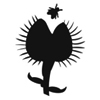
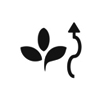
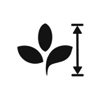
Dionaea muscipula 'Schuppenstiel Thomas' is a cultivated plant and does not occur naturally. Originally, the venus flytrap grows in temperate marshes on the eastern coast of the USA. This plant could be grown indoors but is also suitable for outdoor cultivation. In winter, this species loses its aboveground leaf structures. In spring the plant resprouts from its rhizome. This plant needs a very bright spot with as much direct sunlight as possible. Place this plant in a soil mixture with the major part peat moss. Avoid regular soil or soil containing any nutrients. Make sure that the soil is always swampy, never let this plant dry out completely. Only use rainwater or water without any minerals, this will harm the root system of the plant. Fertilization is not necessary; it is possible however to ‘feed’ this plant caught insects once in a while.




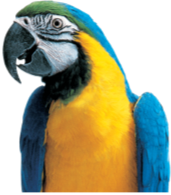
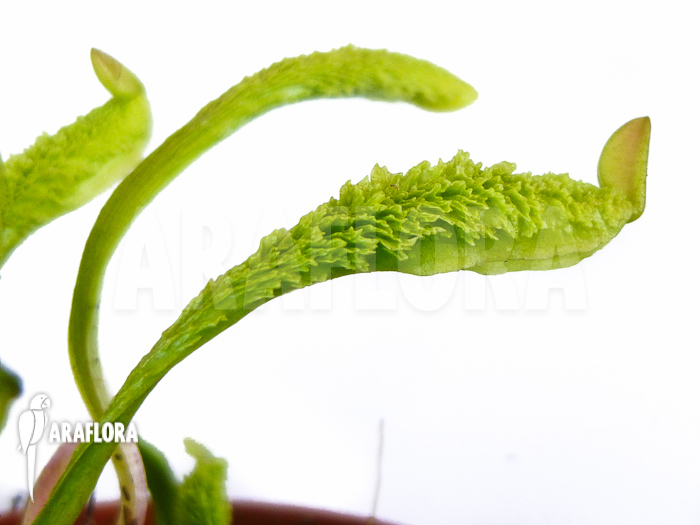
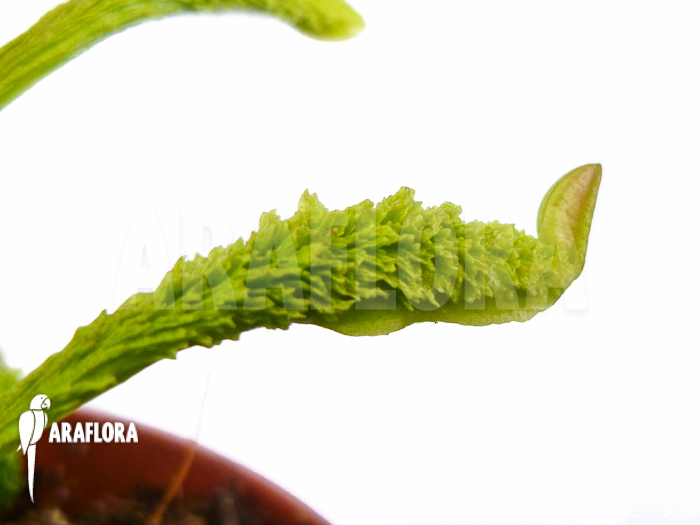
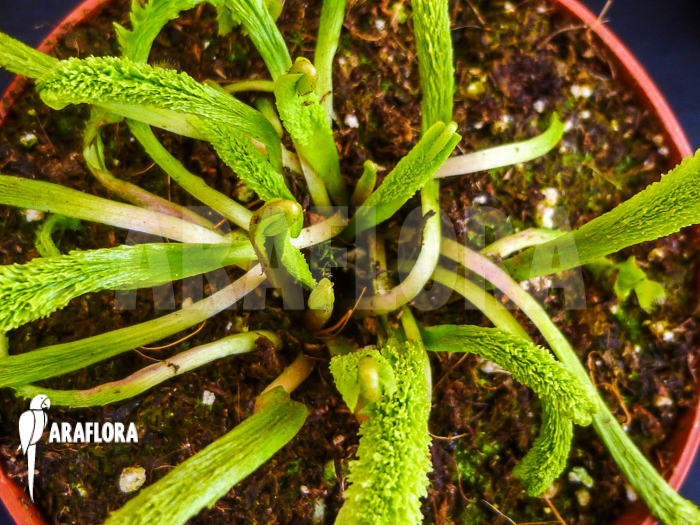
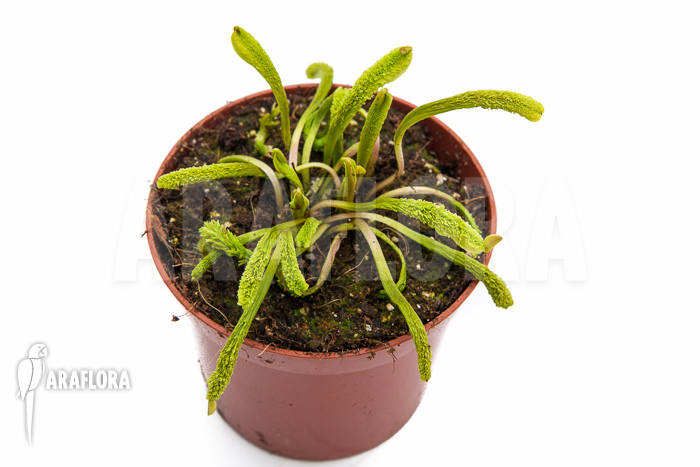
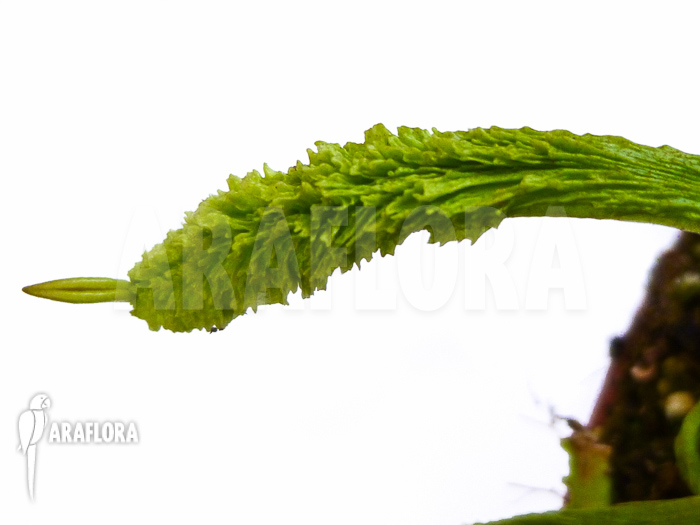

 1 cm
1 cm
 1 cm
1 cm












